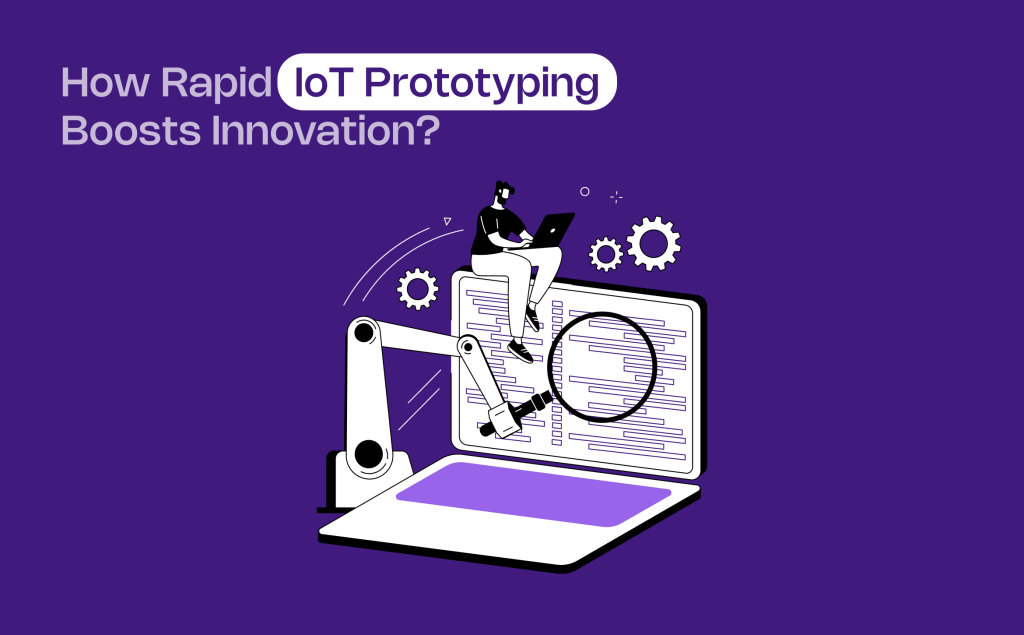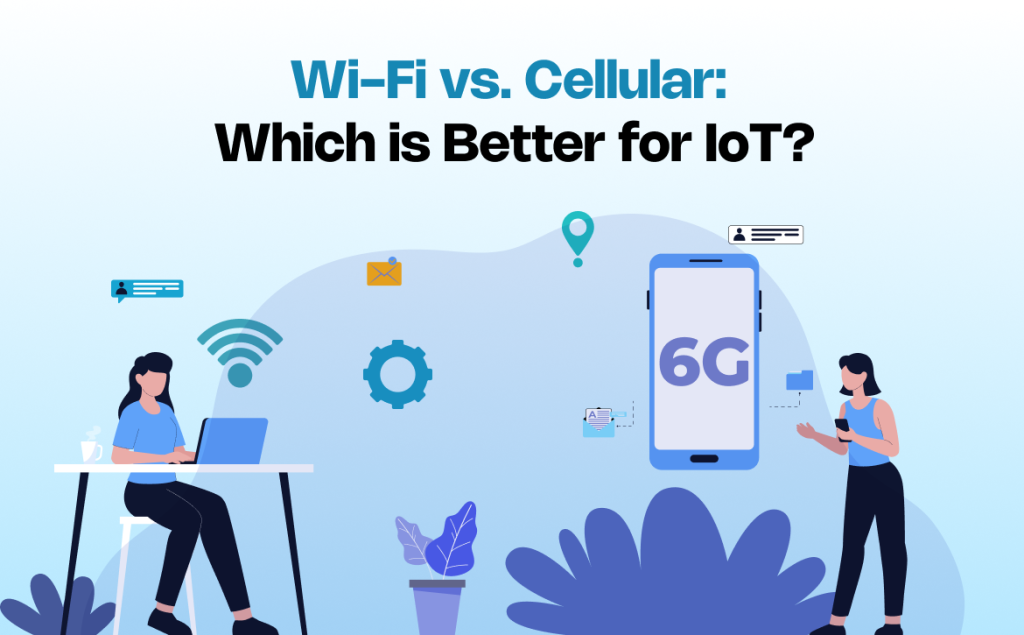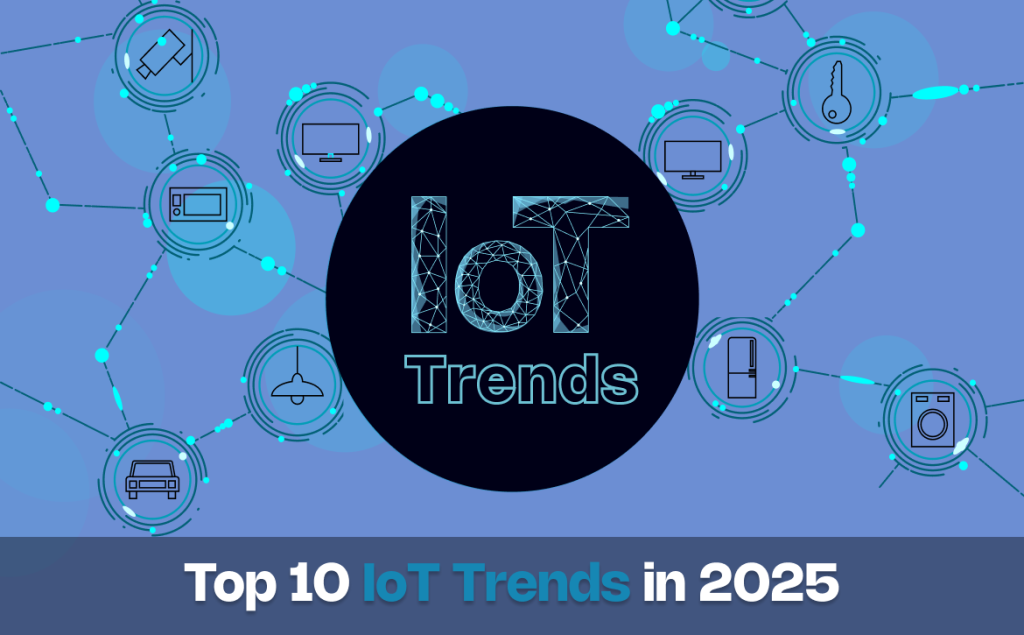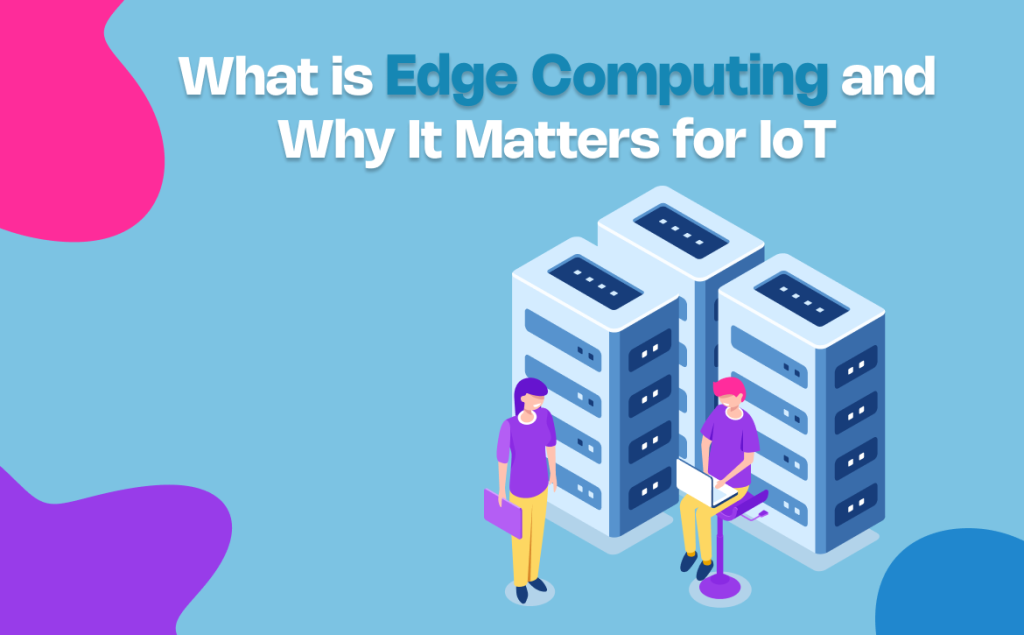How Rapid IoT Prototyping Boosts Innovation

The Internet of Things (IoT) plays a key role in today’s technology, connecting devices and systems to improve everyday life. IoT is making operations more efficient and innovative, from smart homes that automate tasks to advanced industrial systems. A key factor in its fast development is rapid IoT prototyping. It focuses on creating functional models […]
Wi-Fi vs. Cellular: Which is Better for IoT?

The Internet of Things (IoT) is changing how we live, work, and interact with technology. IoT devices rely on reliable connectivity to operate effectively, whether it is a smart home or an industrial automation. However, various IoT connectivity options are available, and choosing the right one is crucial for the success of your IoT projects. […]
Industrial IoT vs Consumer IoT: Key Differences

The Internet of Things (IoT) is a fascinating ability of internet-enabled devices such as smart appliances and electronic gadgets to communicate and share data. Enabled with sharp sensors and AI algorithms, these IoT devices have affected nearly every industry in its wake. What makes IoT an advanced application of all things ‘smart’ are features such […]
Top 10 IoT Trends in 2025: Innovations Shaping Our Connected World

The next big thing in the digital world is already taking place as we speak in the form of the Internet of Things (IoT). Designed to shift the paradigm of how we use the Internet, IoT is a technological marvel straight from the futuristic world of sci–fi. Better understood as the synchronization of different devices […]
What is Edge Computing and Why It Matters for IoT?

Edge Computing is the process of collecting, analyzing, and storing the data closer to the parent device that produces it rather than a central platform or cloud service.
As a distributed framework for processing and storing the data, edge computing offers better security, privacy, and a reduced latency in the process.
Compared to cloud computing where all the data is sent to centralized servers, edge computing processes the data locally, typically at or near the ‘edge’ of the network, which reduces the need or time taken to transfer the data back and forth between the server and the devices. Hence, the term “Edge Computing.”
Essential SEO and User-Friendly Elements to Include on Your Main Service Page

The main service page of your website describes all the products and services that your brand or business has to offer.
As one of the main landing pages that sees a lot of traffic every day, it must be able to give the audience a clear definition of your scope of business in no time.
Some of the key features of a service page, therefore, include essential and relevant information about the products and services, such as the pricing and the benefits.
Apart from that, your service page should be fully optimized for Search Engine Optimization (SEO) as an essential aspect of Google/ Search Engine rankings.
Better known as Search Engine Results Pages (SERP), they rank a website based on several factors such as the relevancy of the content, the speed or the loading time of the webpage, internal links, keywords, and so on.
Needless to say, the content on your main service page should not only be relevant but also persuasive enough to incite customers into taking a desired action, whether sales or subscription.
Likewise, several other elements have to be a part of your main service page if you want to gain higher rankings on Google and better conversion rates on your website.